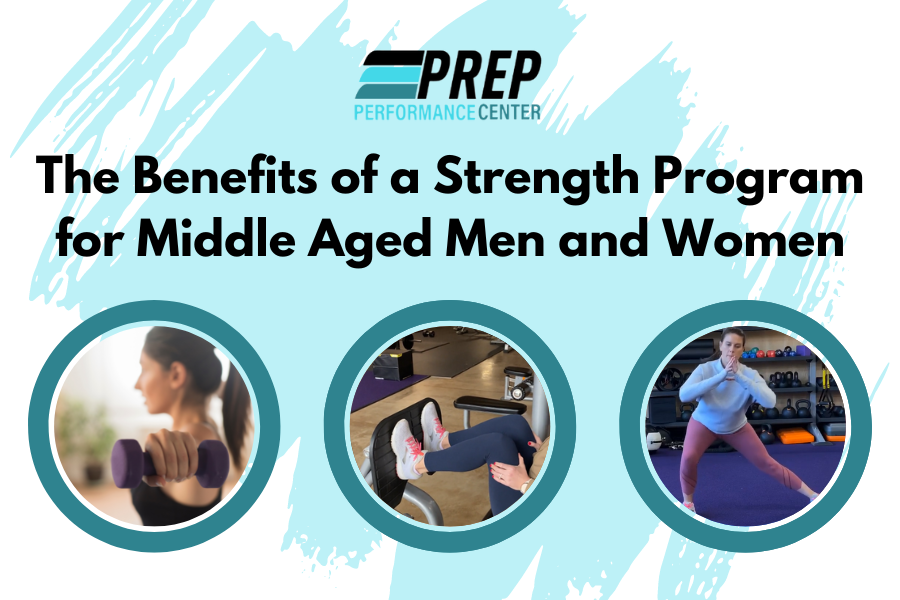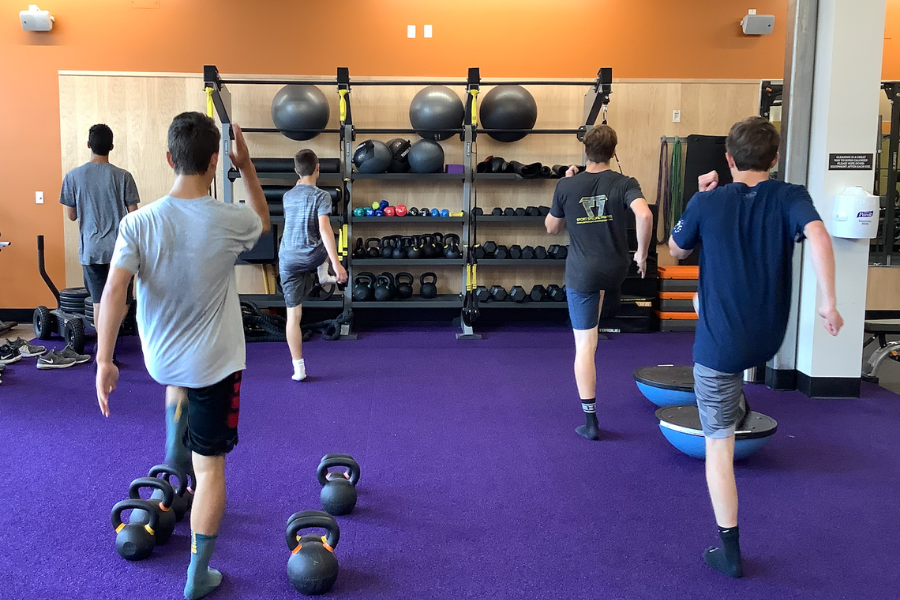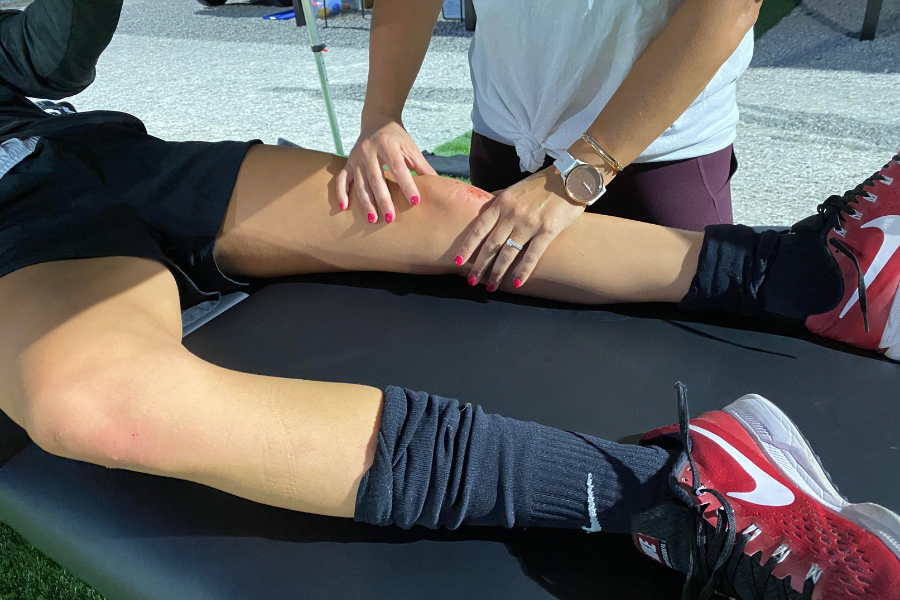Avoiding pain isn’t enough anymore, but what can be done? From playing with your kids to improving your golf swing, …


Avoiding pain isn’t enough anymore, but what can be done? From playing with your kids to improving your golf swing, …

A warm up exercises for runners is a vital part of preparation if you’re a long distance runner, marathon runner, …

Off Season Training | The National Strength and Conditioning Association (NSCA) believes that a properly designed resistance training program can …